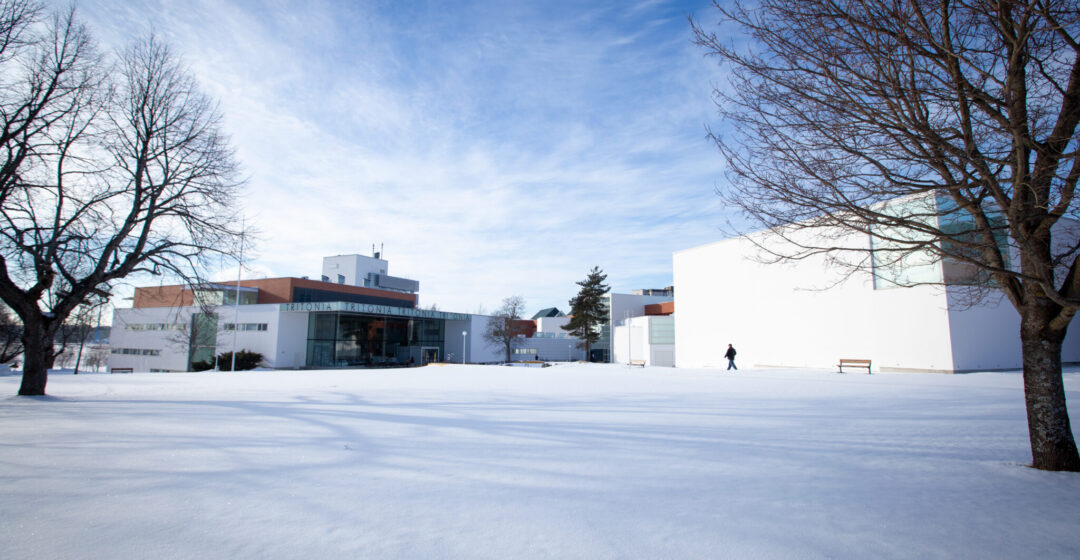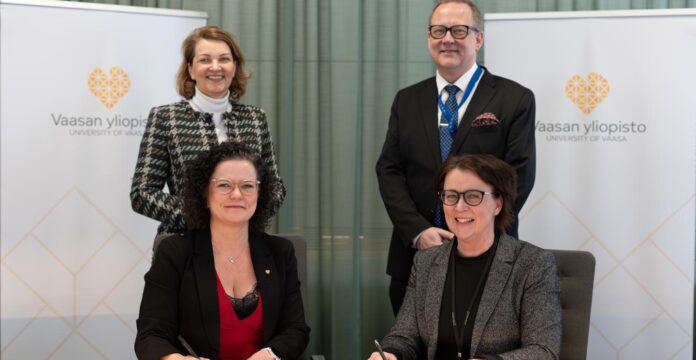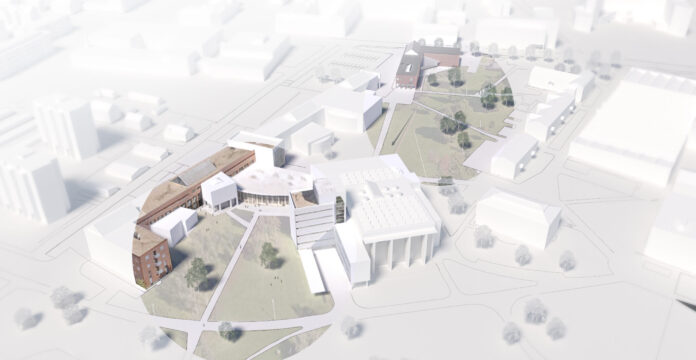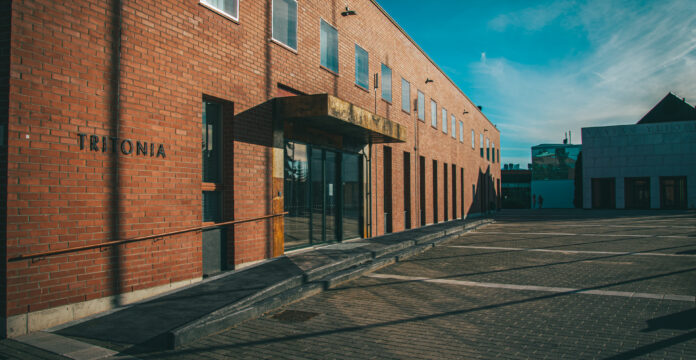In autumn 2021, the goal has been to gather the widest possible understanding of the various needs related to staff facilities. The aim is to build facilities that support university activities and the community and are pleasant for staff and students. In this article, we present the insight that we have gathered from the future users of the refurbished facilities. Staff will be engaged in the planning of the campus also in spring 2022.
During the autumn, the staff was engaged in two stages. The first stage included a lecture on the future of work on 4 October. Research Professor Tuomo Alasoini from the Finnish Institute of Occupational Health and architect Kimmo Lintula from K2S gave us an overview of the future work for science and workspace planning. After the lecture, the teaching and research staff continued the day with a workshop. Another workshop was held in English on 11 October.
The nature of work at the heart of the workshops
In the workshops, we put the themes from the lecture into practice. We looked at different types of facilities and the related activities, work, needs, and opportunities. The types of spaces considered were open spaces for interaction, collaborative spaces for focused work, spaces for short-term stops, and private spaces for being alone.
During the discussion, we noticed that certain themes kept coming up. Ergonomics, clarity of space reservation systems and practices, ground rules for the use of space, and peaceful working conditions are important topics for the staff. There was also a lot of discussion about the importance of single offices, home bases, and smooth movement on campus during the workday.
Accurate information for designers gathered with a survey
Based on the workshops, we formulated a survey for the whole staff to clarify their needs and job descriptions. A total of 309 people responded to the survey: 184 of them were teaching and research staff and 125 other staff.
Looking at all staff, it seems that about 44% of work will be done in the home office. Thus, 56% of work would be done on campus, of which about 27% would be so-called hybrid work with people on campus working remotely. People will come to the campus primarily to meet students and colleagues, but teaching and research staff will also come to the campus to do work that requires peaceful working conditions.
HR got similar responses also in the Return to Campus survey in spring 2021. Autonomy, peaceful working conditions, uninterrupted work, and minimizing the time spent on transitions were seen as the benefits of remote working. Both surveys show that other staff, in particular, perceive home as a place to work in peace and the campus as a place to meet people. The teaching and research staff also see the campus as a place to work in peace in single offices and facilities for quiet work.
In-depth knowledge from open answers
Ground rules for the use of space and the possibility to have a say are important to the whole staff. Regarding ground rules, the rules that come up are above all related to booking spaces, letting others concentrate, cleanliness and health. The increase in distance and hybrid teaching and meetings is also reflected in the responses, as the facilities are expected to have excellent technical capabilities and the possibility to use video. The answers highlight ergonomics, lighting, and air conditioning.
In addition to peaceful single offices, the staff wishes for more storage and other peaceful and adaptable spaces, for instance, to be able to meet students and partners and prepare for lectures or meetings. It seems especially important that coffee and break rooms are comfortable. Important needs of visitors include easy and barrier-free access and clear signs on campus.
We want to thank everyone who participated in the workshops or responded to the surveys for their input. Next, the results are as such taken to the planning and decision-making bodies, after which they will be further refined, if necessary. The involvement of staff will continue to be an important part of campus development.



